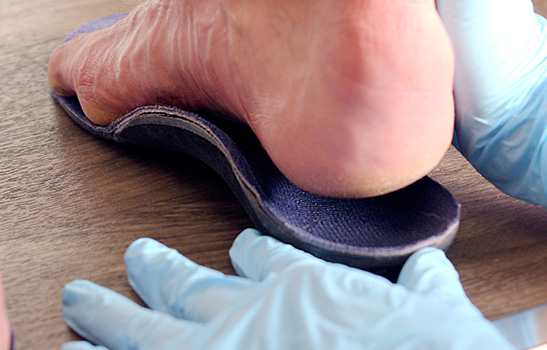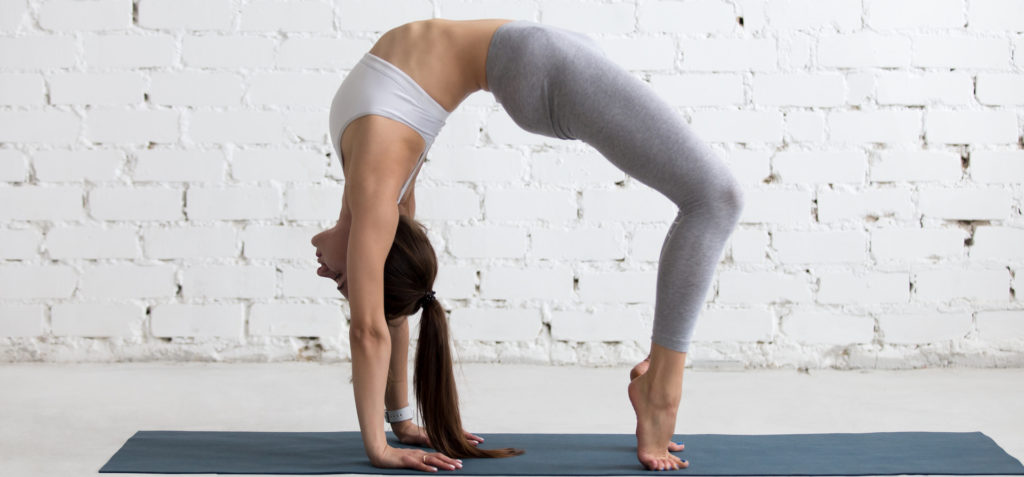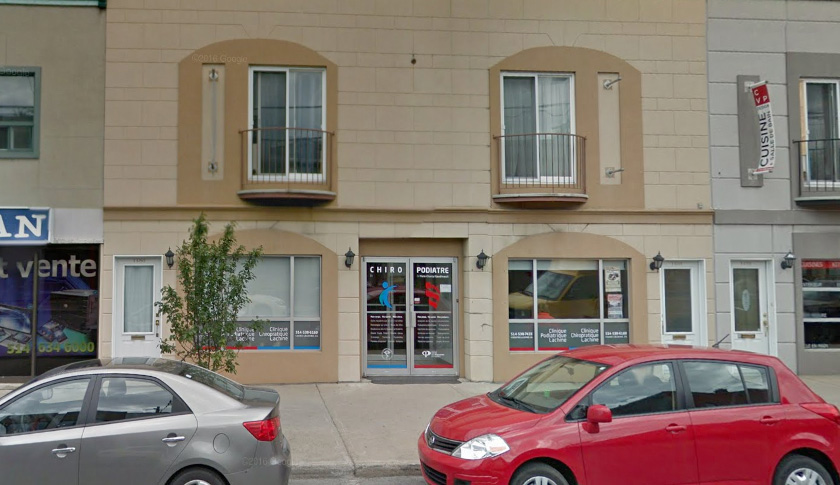Knee problems
Your feet are your foundation and any misalignment they may suffer can lead to a negative impact on the rest of your posture. Poor foot alignment can sometimes lead to knee problems.
Conversely, a poorly aligned knee can also interfere with the mechanics of the associated foot.
See the causes See the long term complications See how to relieve yourself at home
Signs and symptoms of knee problems
- Knee pain when walking or during prolonged standing
- Knee pain during physical activities
- Knee pain when walking up or down stairs
- Pain at the kneecap, sometimes accompanied by popping and cracking
- Knock knees (genu valgum)
- Bow legs (genu varum)
- Over-extended knees (genu recurvatum)
- Shoes wear down and/or lose form quickly
- Fatigue when walking or during physical activities
- Leg pain or fatigue
- Poor balance
What is the cause of knee problems
The lower limb consists of joints, bones, muscles and connective tissues extending down from the pelvis to the feet. When you stand, these segments form what’s called a closed mechanical chain. This chain functions as an interconnected whole, meaning each part of the chain affects the next. That’s why poor foot alignment inhibits the proper functioning of the knees and vice versa.
Let’s take the example of flat feet. When the bones of the foot are properly aligned, they form a tough and stable whole that provides a solid foundation for propelling yourself forward by walking, running and jumping. However, when the foot is flattened, its bones lose their congruence and fail to offer a stable foundation, making movement inefficient and difficult. The misalignment triggers a domino effect: the ankles turn inward, which in turn leads to the excessive internal rotation of the shins and knees.
Rotated knees can’t move in their proper axis, making them vulnerable to injury, pain or degeneration.
Similarly, a misaligned knee causes the foot to shift its position in an attempt to compensate. Therefore, it’s not uncommon for feet to flatten because of excessive internal torsion at the knee (genu valgum). Determining which condition started first is like asking which came first : the chicken or the egg!
Progression and consequences of knee problems
When knees are forced to function outside their normal axis of movement, pain, injury and even premature degeneration may occur. Associated conditions include:
- Patellofemoral pain syndrome
- Bursitis
- Tendonitis
- Knee sprains and chronic knee instability
- Iliotibial band (IT band) syndrome
- Patellar tendinitis
- Chondromalacia patellae (“runner’s knee”)
- Osgood-Schlatter disease (in children)
- Internal/external compartment osteoarthritis
How to relieve a knee pain at home
Prevention is preferable to treatment. If you suspect knee misalignment, meet with a specialist and get an assessment. In the meantime, here are some tips that may help:
- Wear appropriate shoes: Choose footwear with a slight heel that provides relatively firm support. Avoid high heels, but also avoid shoes that are completely flat and flexible, as these do not provide feet with adequate support. Choose shoes with laces. Since these can be tightened, they offer better support.
- Use pharmacy-bought insoles: For temporary relief, off-the-rack insoles sold at pharmacies may help. The cushioning provided by insoles can help with shock absorption. However, this solution is not enough to truly change the alignment of your feet and knees, and these cushions should not be considered a long-term solution.
- Foot stability and strengthening exercises: It’s a good idea to strengthen any muscles that have grown weak as a result of a foot-related posture problem
Diagnostic of knee problems
- A thorough biomechanical exam is needed to identify the causes of your postural misalignment. This exam includes a review of your health history, an assessment of the mobility and strength of each segment in your lower limbs, a posture evaluation and a camera-assisted plantar pressure analysis.
- X-rays are also required in order to examine the alignment, symmetry, length and congruence of the bones in the foot.
What can my podiatrist do about knee problems?
1. Plantar orthotics :
Just as glasses can correct for nearsightedness, orthotics are commonly used to realign the feet. They also help realign the knees, hips and lower back. Finally, orthotics help restore proper biomechanics, reducing stress in the tendons, ligaments and joints.
Find out more about orthotics
2. Personalized strengthening exercises :
A personalized program involving strength building, stretching and balance exercises can help make your entire lower limb area work better.
How to prevent knee problems?
Being proactive is the best way to prevent the pain and joint degeneration associated with postural problems. If you suspect misalignment in your feet or posture, we strongly advise you to consult a podiatrist, who will be able to evaluate your condition, determine whether treatment is needed and establish a personalized plan.
If I strengthen my knee, it will realign on its own.

While reinforcing your muscles is important, strengthening exercises alone may be insufficient, especially if a structural problem in your foot is causing the knee alignment problem and preventing it from functioning normally. That’s why it’s important to address all the links in the chain!
And if it was not knee problems?
Sometimes knee pain is actually caused by problems elsewhere in the body. This is called referred pain. The source problems include:
- Lumbar compression/radiculopathy
- Back pain and sciatica
- Hip problems
- Referred muscle pain
- Periostitis in the leg
- Misalignment of the calf bone (fibula) and/or hamstring tendinitis
- In children: Osgood-Schlatter disease, Legg-Calvé-Perthes disease, slipped capital femoral epiphysis


